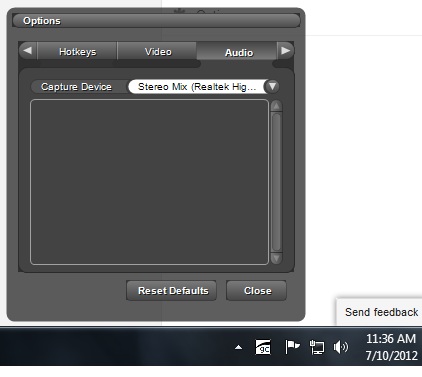

You could also use and could be used to play the sound to all of the players online. (player) = The player you want to play the sound to. (sound) = The sound that you want to play (list down below). You could play a number of songs, put the script to sleep for a while to let you get some snacks and then start up again after a period.You can use /playsound to play sounds to one player or more! With a sequence of cron commands, you could specify exactly when you want each song to play. With some extra work, you can control the order in which the songs are played. With UNIX tools, you can do about anything you want.

Therefore, when you play a bunch with a command like the above, each song will play in its entirety before the next song begins, which is naturally what we want. That means that it doesn’t return until the song is done. To give an idea of the quality of afplay, in geek terms, it executes asynchronously. For instance, if all of the files are in the same folder and have names ending in “.mp3,” you can change directory to that folder and play them all with the following command:įind. If you tried to feed afplay multiple files, you probably saw the admonishment that you “may only specify one file to play.” To a UNIX geek, that’s just a suggestion to let venerable UNIX tools manage the files. (formerly iTunes) I’d like to explain that as an example of how powerful this tool is. This satisfies my wish to play a sequence of MP3 files without Music.app. Yup, that’s our idea of fun here in nerdville.

Not that I’m condoning this type of behavior, but I recently used the afplay command to play a pretty amusing prank on a coworker by SSHing into his work machine and forcing him to listen to a Miley Cyrus song, he didn’t figure out what was going on until it was over and I told him. That’ll end the process and music stream instantly. Locate the PID for afplay as it’s running, then issue the command as follows: Or target the specific afplay process ID with kill -9: This launches afplay into the background, if you want to shut it up you can just kill the afplay process with: Note the ampersand is at the back of the command. If you’d rather afplay run in the background while continuing to play the audio file, use this command:
#PLAY SOUND COMMAND HOW TO#
How to Play Audio Files in the Background from Command Line That doesn’t mean you can’t run music in the background though. You won’t find any management utilities or syncing abilities within afplay. You can stop the audio any time with Control-C, otherwise the song will play itself through then terminate itself automatically when completed.ĭon’t think of this as a terminal-based iTunes replacement (there’s a cool app called ViTunes for that though), because it’s not, it’s more of just a way to play a variety of audio files from the command line without having to enter into any GUI app.



 0 kommentar(er)
0 kommentar(er)
